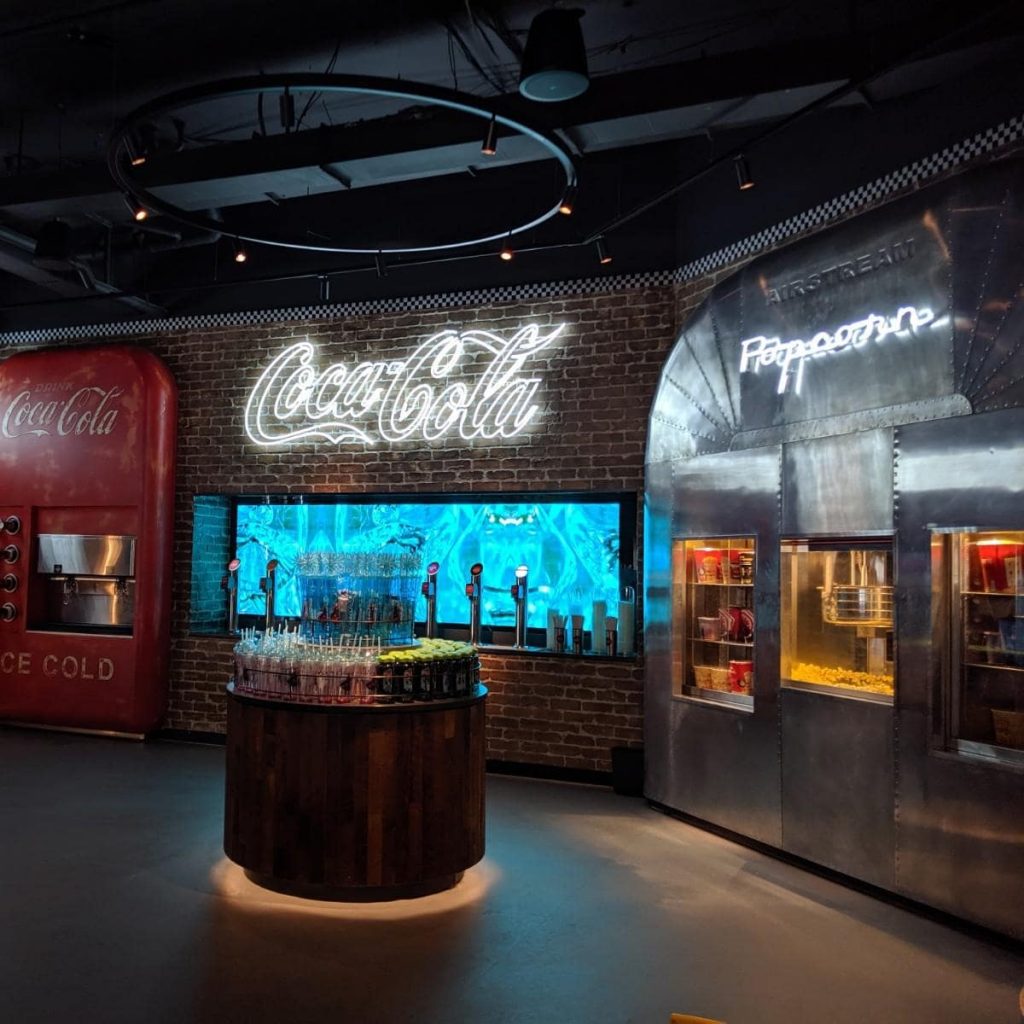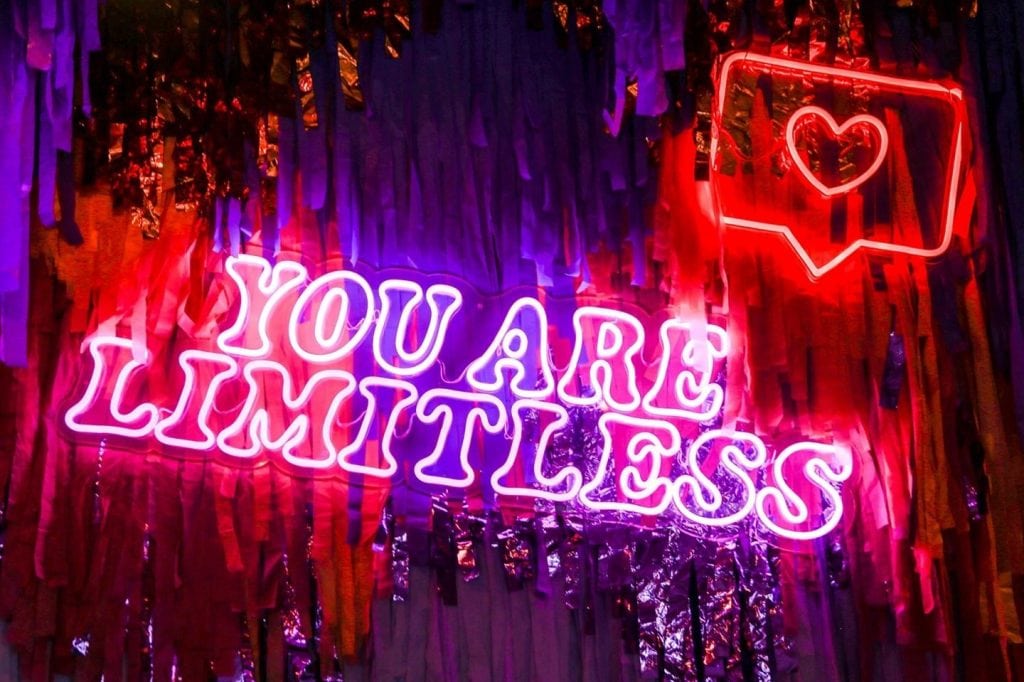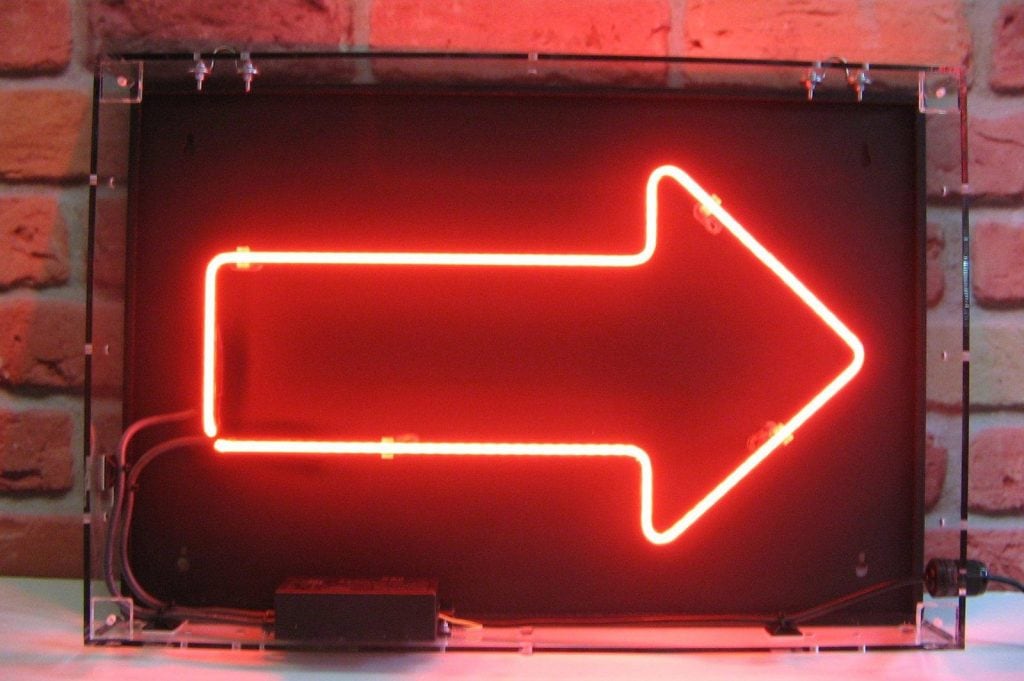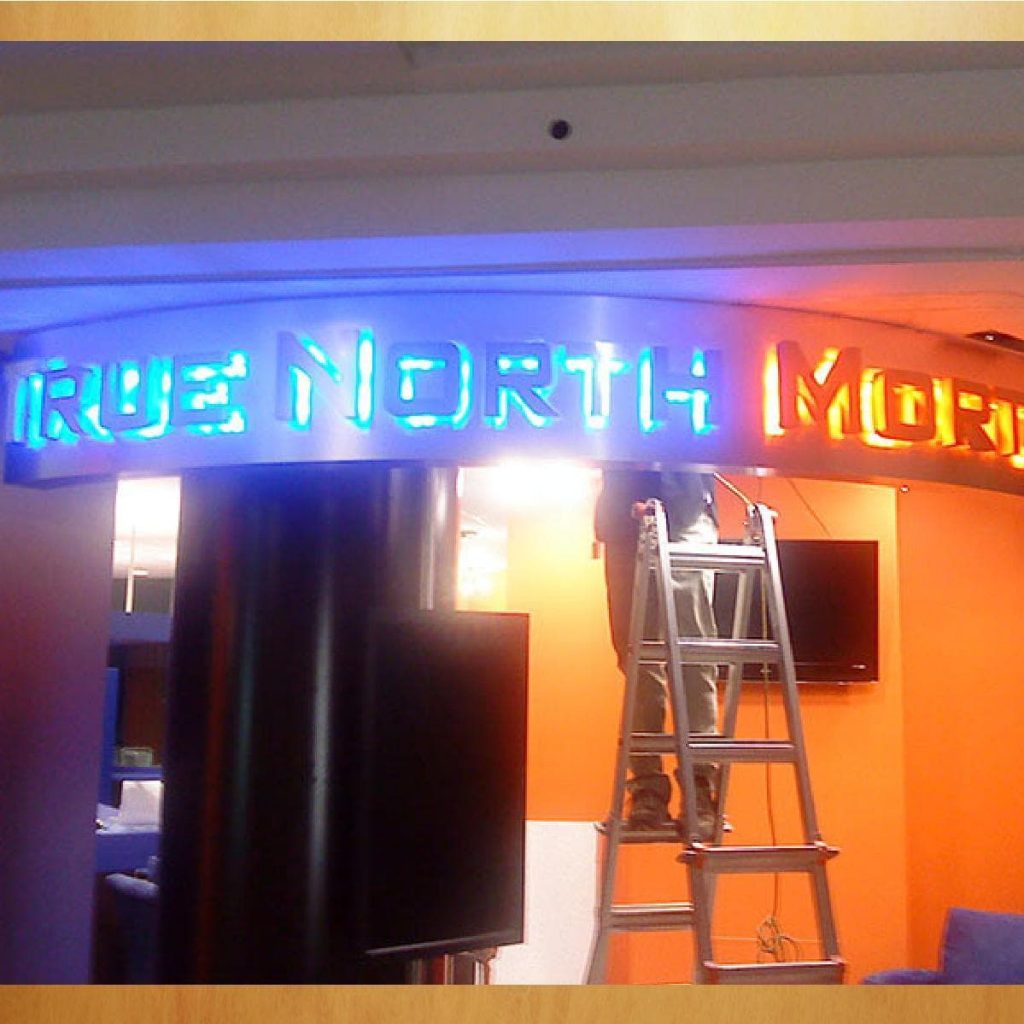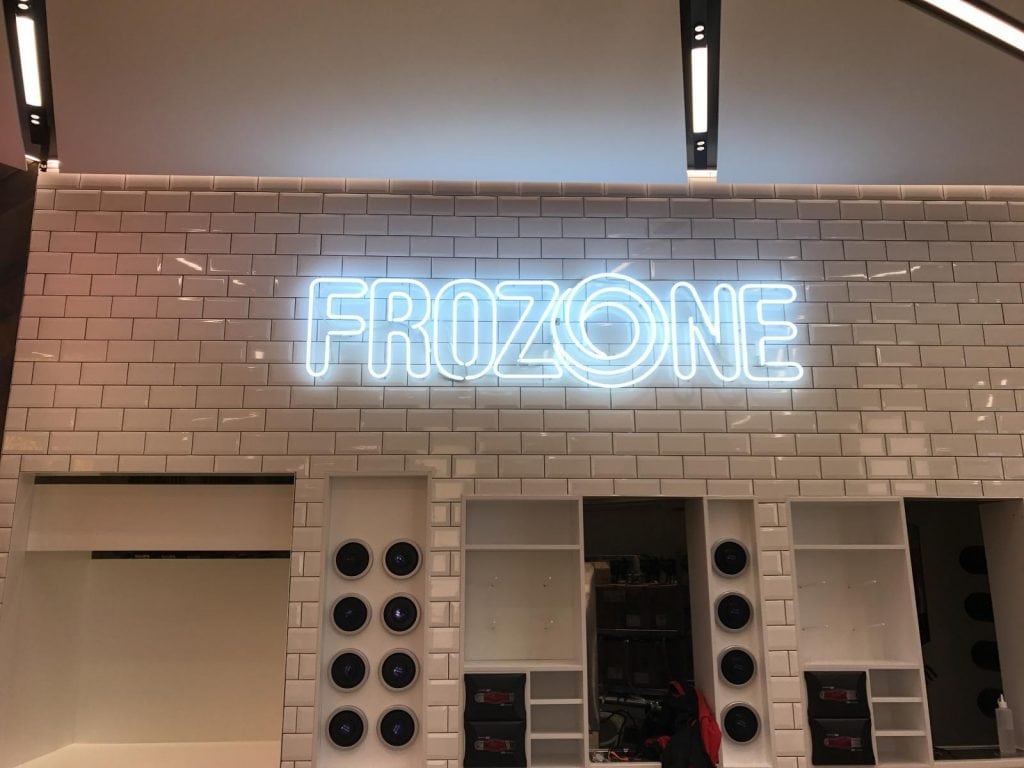For decades now, neon lights have been widely used in the sign and décor industries. Their ability to draw attention with their distinct illumination and vivid hues while simultaneously evoking feelings of nostalgia and good cheer is undeniable. Have you ever pondered, nevertheless, whether or not these recognisable lights emit any sound? It's a common misconception that neon lights don't make any noise at all, but in some settings, you might be able to hear a faint humming or buzzing from them. We'll get into the nitty-gritty of how neon lights function scientifically, what makes them buzz occasionally, and whether or not that's cause for alarm. Read on to find out the truth about whether or not these brilliant beauties actually make any noise, whether you're a fan of neon lights or just curious about the physics behind them.
All About Neon Lights
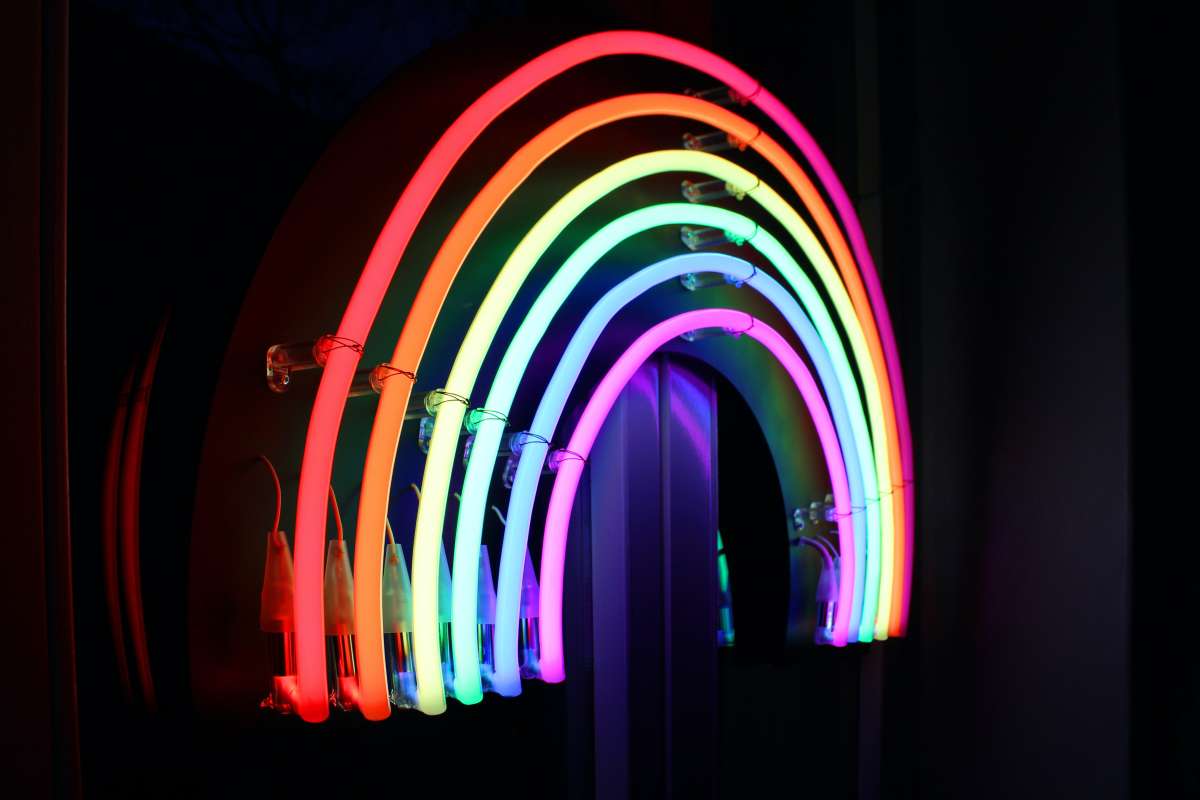
Glow-in-the-dark gas is used to provide dazzling, multicoloured light in neon lights. Those are sealed glass tubes with a trace amount of neon gas and other inert gases like argon, helium, or krypton within. Light is emitted from the gas in the tube when an extremely high voltage electrical current is passed through it.
After their invention in the early 20th century, neon lights found widespread application in the advertising and decorative sectors. They have a wide variety of eye-catching hues, from warm reds and oranges to cold blues and greens. Neon lights aren't just useful for signs; they're also frequently used in museums, buildings, and even private homes.
Neon lights, which were previously the most common kind of gas-discharge lighting, have been mostly phased out in favour of more modern technology like LED lighting. However, they continue to be employed in a wide range of artistic and creative contexts, and are universally adored as a symbol of vintage fashion and classic America.
Practical and creative applications for neon lights are numerous. Some of the most common applications of neon lights include the following:
Signage
Signs for stores, eateries, and other enterprises make particularly good use of neon lights. Neon signs are an excellent way to grab people's attention and get their message over because they can be designed to show any type of text or image.
Art
Due to the striking visual effects that can be achieved with neon lights, they are frequently employed in art installations and sculptures. There are a number of contemporary artists who employ neon lights to investigate topics like nostalgia, commercial society, and the overlap between technology and nature.
Architecture
It is possible to utilise neon lights in architecture to emphasise certain features or create a dramatic atmosphere. Neon lighting, for instance, can be utilised to draw attention to a building's entrance or to emphasise its outside features.
Large, eye-catching signs on the sides of buildings can be made using neon lights. This signage can both identify the establishment they're affixed to and serve as an eye-catching design feature for the exterior. One more way neon lights can be used to decorate the inside of a building. They can be used to make vibrant, multicoloured lighting displays on the walls, ceilings, and floors of a space.
At night, landmarks and monuments can take on a more dramatic appearance when illuminated by neon lights. They can be utilised to highlight the building's unique architectural features, hence increasing the building's visual appeal and awe to onlookers.
Home Decor
In recent years, neon lights have become a trendy addition to many people's homes. Even though larger neon installations might make a stronger statement, smaller neon signs or shapes can be employed to create a fun, nostalgic vibe in any environment.
Add some whimsy and vivacity to your child's bedroom with some neon lights. They're versatile enough to be used for both general decoration and highlighting focal points.
Outdoor lighting displays can be made all the more special and noticeable with the help of neon lights. They are versatile and can be utilised for a variety of purposes, including but not limited to making signage, lighting pathways, and sprucing up outdoor seating spaces.
Entertainment
Theaters, concert halls, and nightclubs all make extensive use of neon lighting. Neon lighting, with its vivid hues and shifting shapes, may set the mood for an exciting performance and excite the crowd.
Onstage, neon lights can be used to great advantage to generate vibrant and vivid lighting effects. They can be used to draw attention to specific actors or set items, or to produce a particular tone or ambience.
Filmmakers and music video directors alike can benefit from the eye-catching and enduring impression that neon lighting can provide. Use them to make a scene look more modern or throwback, or simply to add a splash of colour.
In the entertainment sector, neon lights may be employed in a number of creative ways to increase both audience engagement and the overall experience. Neon lighting, whether on a stage, in a music video or film, at a theme park or attraction, at a nightclub or bar, may make for a very unique and aesthetically appealing experience for visitors.
Different Types of Neon Lights
Neon lights come in a variety of styles, each with its own set of advantages and disadvantages. Many different kinds of neon lights exist, however some of the most popular are as follows:
Tubing Neon Lights
The most prevalent form of neon lighting is the tubing variety, which consists of a glass tube containing neon gas. This type of lighting is frequently used for business signage and art installations due to its adaptability (it may be fashioned into letters, numerals, and other shapes).
Neon Rope Lights
Small neon bulbs are bundled together in a length of flexible tubing to create neon rope lights. These lights are commonly utilised in exterior locations like buildings and landscaping since they are more resilient and resistant to harm than tubular neon lights.
Neon Flex Lights
The difference between neon rope lights and neon flex lights is that the latter are constructed out of bendable PVC tubing rather than glass. They're more long-lasting and straightforward to set up this way, and they may be tailored to certain uses by being trimmed to the appropriate length.
Led Neon Lights
In order to provide the same effect as classic neon lights, modern science has developed LED neon lights. LED neon lights can be employed in a wider variety of situations than its incandescent and fluorescent counterparts because of their versatility and reduced heat production.
Electro-Luminescent (El) Wire
Electro-luminescent wire is a thin, bendable wire that emits light when subjected to an electric current. Even while EL wire isn't technically a neon light, it may be used to simulate the look of neon lights in a number of contexts, including costumes, signage, and even art pieces.
From the traditional style of tube neon lights to the adaptability and low energy consumption of LED neon lights, each variety of neon has its place and purpose. Neon lights can be used for a wide variety of purposes, including commercial signs, home decor, and even creative expression.
Do Neon Lights Make Any Noise?
While not all neon lights make this noise, some do. In most cases, the humming noise is the result of vibrations induced by an electrical current flowing through the gas in the tube.
Different factors, such as the size and type of the tube, the quality of the components used in the light, and the location in which the light is located, can affect the amount of noise that is emitted by a neon light. The volume of the sound might range from barely audible to extremely loud.
Most people don't give neon light's noise level any thought. Because of how low the sound is, it is typically masked by background noise and is safe for human ears. Adjusting the electrical current or including specialised components designed to minimise noise can help if the noise is especially annoying or if it is interfering with other pieces of equipment.
The low humming or buzzing sound that some neon lights make is not usually a problem and adds to the nostalgic charm of these vintage light bulbs.
Noise in neon signs can be caused by a number of different things. Some such explanations include:
Electrical Current
The primary source of noise in neon lights is the electrical current that flows through the neon gas in the tube. A humming or buzzing noise may result if the electrical current is not properly regulated and causes vibrations in the gas.
Tube Size And Shape
The amount of noise emitted from a neon tube can also be affected by its dimensions and geometry. More noise may be generated by larger tubes than by smaller ones, and irregularly shaped tubes may also generate more noise due to the increased turbulence they cause in the surrounding gas.
Component Quality
The transformer and power supply utilised in a neon light, among other things, can have an effect on its overall noise output. Light noise can be exacerbated if these parts aren't of excellent quality and generate additional electrical noise.
Installation Environment
The ambient noise levels can also be affected by the setting in which the neon light is situated. If the neon light is placed on a busy street or in a noisy factory, for instance, the additional noise may be drowned out by the surrounding traffic and machinery. However, the noise may be more noticeable if the light is positioned in an otherwise calm space.
Though there are a number of potential sources of noise in neon lights, this is usually not a major problem and won't diminish the lights' aesthetic value. Changes to the electrical current or the installation of better quality components could alleviate the problem if the noise is especially annoying.
How to Prevent Buzzing Sounds from Neon Lights

The bright, multicoloured glow of neon lights has made them a classic and enduring choice for indoor and outdoor illumination. Neon lights are a beautiful addition to any room, but some of them make a low humming or buzzing sound that is accentuated in calmer settings. While it's to be expected that neon lights will generate some level of noise, that noise can be reduced with the right precautions. Noise from neon signs can be reduced in a number of ways. Some ideas are as follows:
Use High-Quality Components
When a high-quality transformer or power supply is used, the electrical noise caused by the neon light is reduced. Try to find parts that have a low noise output and were made with neon lights in mind.
Optimize The Electric Current
Vibrations that create noise can be reduced by carefully controlling the electrical current that flows through the neon gas. Using the right-sized transformer, dialling in just the right amount of current, and keeping outside electrical interference to a minimum can all help achieve this goal.
Choose The Right Tube Size And Shape
The amount of noise emitted from a neon tube can also be affected by its dimensions and geometry. The amount of noise caused by the illumination can be reduced by selecting a tube with a size and shape well-suited to the intended use and optimised for low noise output.
Properly Ground The Light
If the neon light is properly grounded, the electrical noise and interference that could be heard is diminished. Follow the manufacturer's grounding recommendations to ensure proper operation of the light.
Suitable Environment Installation
Noise can be reduced further by installing the neon light in an area that is well-suited to its use. It's possible that the noise the light makes won't stand out as much in a busy place like a factory where it's situated. However, the noise may be more noticeable if the light is positioned in an otherwise calm space.
Noise from neon lights can be reduced or eliminated altogether by following best practises for electrical current regulation, component use, tube size and shape selection, grounding the light, and placement in an appropriate area.
Conclusion
Thanks to their bright glow and eye-catching hues, neon lights find widespread application in the sign and decorating industries. In some environments, you may be able to hear a quiet humming or buzzing from neon lights, contrary to popular belief. Sealed glass tubes containing a small amount of neon gas and other inert gases like argon, helium, or krypton emit light when subjected to an extremely high voltage electrical current. Despite being phased out in favour of more modern technology, neon lights continue to find use in a variety of artistic and creative contexts and are universally adored as a symbol of retro style and classic America. Signage, artwork, architecture, interior design, theatrical sets, and even outdoor lighting displays can all benefit from the unique aesthetic and functional qualities of neon lights.
The amount of noise emitted by a light fixture is contingent on a number of factors, including the size and type of tube used, the quality of the light's components, and the fixture's physical location. If the noise is particularly annoying or is interfering with other pieces of equipment, modifying the electrical current or adding specialised components designed to minimise noise can help. There are many potential sources of noise in neon signs, including the electrical current, tube size and shape, component quality, installation environment, and ambient noise levels. Noise is primarily caused by electrical current, though tube size and geometry can also play a role. The location of the light can also have an effect on the background noise level.
Careful measures, such as utilising high-quality components and optimising the electric current, can lessen the impact of neon lights. In order to lessen the amount of noise generated by neon signs, the electrical current or the quality of the components used can be altered. Best practises for electrical current regulation, component use, tube size and shape selection, grounding the light, and placement in an appropriate area can significantly reduce or eliminate noise from neon lights. Choose a tube with a form factor optimised for low noise output, ground the fixture according to the manufacturer's instructions, and place the fixture in an appropriate location.
Content Summary
- For some decades now, neon lights have been widely used in the sign and décor industries.
- It's a common misconception that neon lights don't make any noise at all, but in some settings, you might be able to hear a faint humming or buzzing from them.
- We'll get into the nitty-gritty of how neon lights function scientifically, what makes them buzz occasionally, and whether or not that's cause for alarm.
- Read on to find out the truth about whether or not these brilliant beauties actually make any noise, whether you're a fan of neon lights or just curious about the physics behind them.
- After their invention in the early 20th century, neon lights found widespread application in the advertising and decorative sectors.
- Neon lights aren't just useful for signs; they're also frequently used in museums, buildings, and even private homes.
- Practical and creative applications for neon lights are numerous.
- Architecture It is possible to utilise neon lights in architecture to emphasise certain features or create a dramatic atmosphere.
- Large, eye-catching signs on the sides of buildings can be made using neon lights.
- One more way neon lights can be used to decorate the inside of a building.
- Onstage, neon lights can be used to great advantage to generate vibrant and vivid lighting effects.
- In the entertainment sector, neon lights may be employed in a number of creative ways to increase both audience engagement and the overall experience.
- Neon lighting, whether on a stage, in a music video or film, at a theme park or attraction, at a nightclub or bar, may make for a very unique and aesthetically appealing experience for visitors.
- Neon lights come in a variety of styles, each with its own set of advantages and disadvantages.
- Small neon bulbs are bundled together in a length of flexible tubing to create neon rope lights.
- The difference between neon rope lights and neon flex lights is that the latter are constructed out of bendable PVC tubing rather than glass.
- From the traditional style of tube neon lights to the adaptability and low energy consumption of LED neon lights, each variety of neon has its place and purpose.
- Noise in neon signs can be caused by a number of different things.
- The amount of noise emitted from a neon tube can also be affected by its dimensions and geometry.
- The ambient noise levels can also be affected by the setting in which the neon light is situated.
- Changes to the electrical current or the installation of better-quality components could alleviate the problem if the noise is especially annoying.
- While it's to be expected that neon lights will generate some level of noise, that noise can be reduced with the right precautions.
- Noise from neon signs can be reduced in a number of ways.
- Some ideas are as follows: Use high-quality components. When a high-quality transformer or power supply is used, the electrical noise caused by the neon light is reduced.
- Try to find parts that have a low noise output and were made with neon lights in mind.
- The amount of noise emitted from a neon tube can also be affected by its dimensions and geometry.
- If the neon light is properly grounded, the electrical noise and interference that could be heard is diminished.
- Follow the manufacturer's grounding recommendations to ensure proper operation of the light.
- Noise can be reduced further by installing the neon light in an area that is well-suited to its use.
- Noise from neon lights can be reduced or eliminated altogether by following best practises for electrical current regulation, component use, tube size and shape selection, grounding the light, and placement in an appropriate area.
FAQs About Neon Lights and Signs
All fluorescent lights require a ballast to function. All ballasts hum to some degree; both magnetic and electronic fluorescent ballasts will give off a slight humming noise. Magnetic ballasts tend to hum more than electronic.
Being positively charged, these neon ions will tend to move toward the negative electrical terminal. The electrons the neon atoms lose (small blue dots) are negatively charged, so they hurtle the opposite way toward the positive terminal at the other end of the tube.
Most neon signs are expected to last between eight and 15 years, although many continue to function for much longer than that. Leaving a sign switched on for prolonged periods can shorten its lifespan, and leave it at risk of overheating or sustaining damage from electrical surges.
Neon lamps gradually decline in light output as electrodes evaporate and condense on the inside of the glass envelope. This situation is gradual with failure defined as a 50% decrease from the original brightness. As neon lamps age, the firing voltages slowly increase until reaching the value of the supply voltage.
A neon light contains a tiny amount of neon gas under low pressure. Electricity provides energy to strip electrons away from neon atoms, ionizing them. Ions are attracted to terminals of the lamp, completing the electric circuit.


